CS voice: In 2G/3G networks, voice is generally provided by the Circuit Switch (CS) system, so we generally call it CS voice.
IMS Voice: When the IP Multimedia Subsystem (IMS) appears, we refer to the voice service provided by IMS as IMS voice. Generally speaking, it can also be called PS (Packet Switch) voice. This is because the IMS needs to interact with the user terminal through the IP channel provided by the packet domain switching network. It is generally believed that IMS voice is a standard voice service solution provided by the LTE/EPS phase.
All-IP network: With the development of IP technology, the telecommunication network has gradually abandoned the traditional No.7 signaling network, and has turned to the all-IP network. Taking the 3rd Generation Partnership Project (3GPP, 3rd GeneraTIonPartnership Project) as an example, LTE will adopt The all-IP core network abandons the circuit switched domain in the current 2G/3G system, and studies the packet switched domain to define the all-IP long-term evolution/evolved packet system network LTE/EPS (Long Term EvoluTIon/Evolved PacketSystem) [1]). Therefore CS voice will not be available in LTE/EPS networks.
Since the voice service has a relatively high latency requirement, in the current 3G and its previous systems, it is carried by the circuit domain. Utilize dedicated resources. Voice services have become a trend through IP bearers. In the LTE (Long Term EvoluTIon) system, only the packet domain exists, and the voice service is carried by Voice over Internet Protocol (VoIP).
Detailed VOLTE key technologies and configurationsHead compression RoHC
RoHC, or Robust Header Compression, compresses the header files of packets such as voice and video to reduce the packet header overhead, save bandwidth resources, and increase system capacity.
Because the packet header of a packet such as voice and video is too long, it is often equal to or even greater than the payload. In the header of the packet, the role of many fields is only to ensure the correctness of the end-to-end connection. For a certain link, this field does not have a specific effect, and each message is the same and belongs to redundant content. Therefore, VoLTE uses header compression.
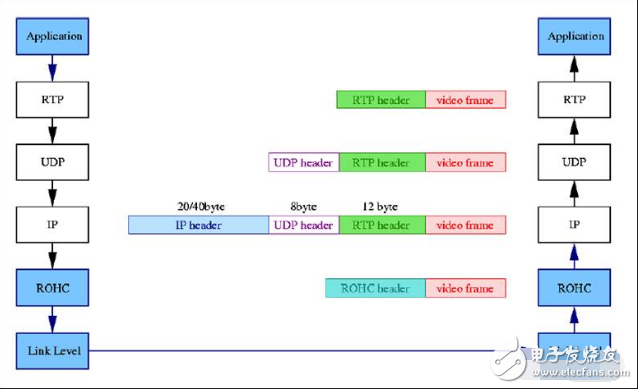
For IPv4: AMR12.2k voice coding rate, the size of the message is 77 Bytes, where the header file size is 44 Bytes and the payload is 33 Bytes. After RoHC header compression, the message size is 43 Bytes, and RoHC saves about 34 Bytes.
Remarks: The speech coding rate and video coding rate are determined by the group. At present, the encoding rate of ordinary speech is 12.2 kbps, and the encoding rate of high-definition speech is 23.85 kbps. The coding rate of video services is currently not specified by the group.
The RoHC functional entity in the LTE system is located in the user plane PDCP entity of the UE and the eNodeB, and is only used for header compression and decompression of the user plane data packet. The compression side compresses the message header and passes the header compression information to the decompression side; the decompression side ensures that the header compression message can be correctly decompressed through the context.
TTI Bundling
TTI Bundling is an uplink coverage enhancement technology. The base station detects that the SINR is below a certain threshold, and indicates that the UE transmits a fixed number of data on multiple consecutive TTIs (the protocol specifies four) without waiting for the HARQ process.
TTI Bundling is essentially a time diversity technique that repeatedly transmits 4 copies of the same data over a continuous time TTI to enhance receiver reliability, so theoretically a gain of 6 dB can be achieved.
According to the agreement, only the subframe ratio SA is 0, 1, and 6 supports TTI Bundling. The other ratios are too small for the binding processing. Currently, China Mobile's subframe ratio is 2 (3:1), so it is impossible to use TTI Bundling to improve the uplink coverage of VoLTE services.
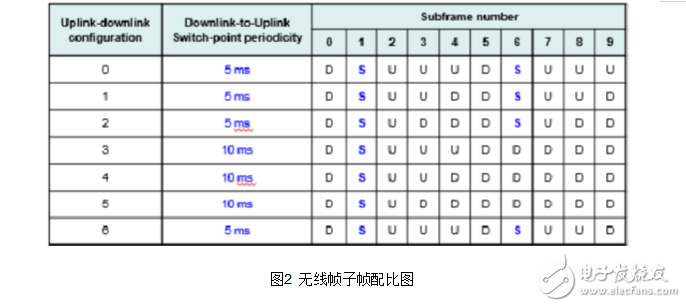
3.4 RLC fragmentation
The RLC layer segments the PDCP PDU according to the underlying reporting information, such as the data carrying capacity of the radio resource allocated by the UE, to form a relatively small RLC PDU packet to adapt to the allocated radio resource size, thereby reducing the data packet. Size, improve the reliability of the receiver (equivalent to enhanced uplink coverage)
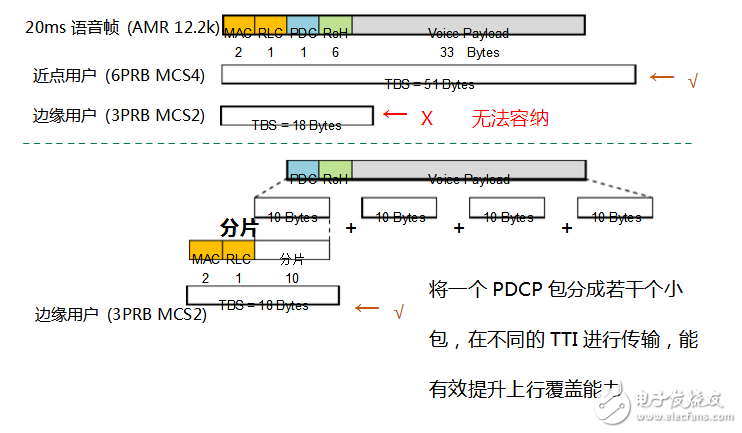
3.5 DRX
A typical application scenario of DRX is periodic continuous packet service, such as VoLTE service (QCI=1). During the period when data is not received, the user can enter the sleep period to save power.
4 parameter configuration4.1 VoLTE basic functions
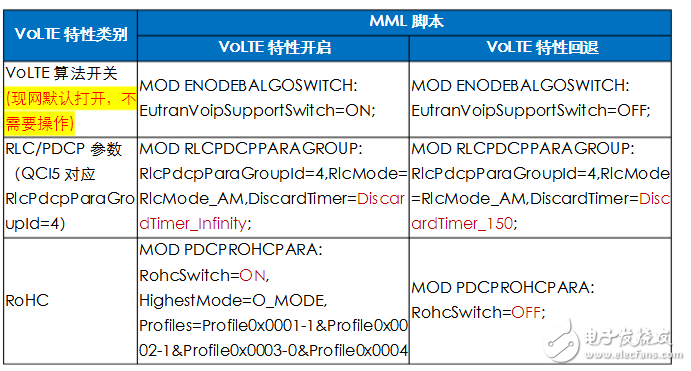
4.2 eSRVCC basic parameter configuration
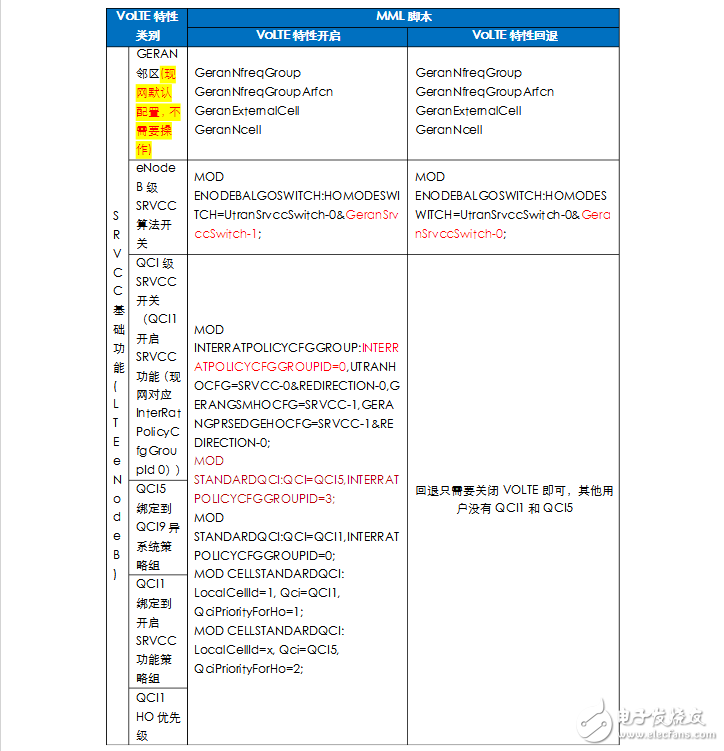
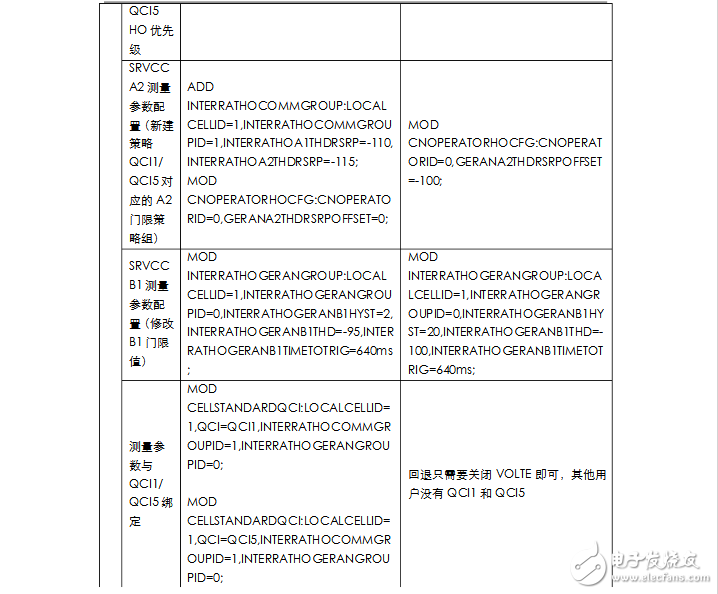
5.1 Test equipment


5.2 Test equipment usage
5.2.1 Software and driver installation
Computer installation test software Probe, HiSilicon client agent, install terminal driver, sound card driver. 5.2.2 Test device connection
Open the HiSilicon Agent;The terminal connects to the computer through USB, and the dial pad inputs "*#*#2846579159#*#*", and then configures in order: background setting → USB port setting → USB mode switching is set to "switch to AP side" → USB port setting is set to " Balong debug mode" ensures that the mobile port and IMEI information can be displayed on the Agent;
Connect the MAYA44 USB+ voice box to your PC; ïµ Open the Probe and connect the terminal to the voice box. 5.2.3 Test Plan Configuration
The calling terminal configures the test plan, and the called terminal does not need to be configured. The configuration is as follows:
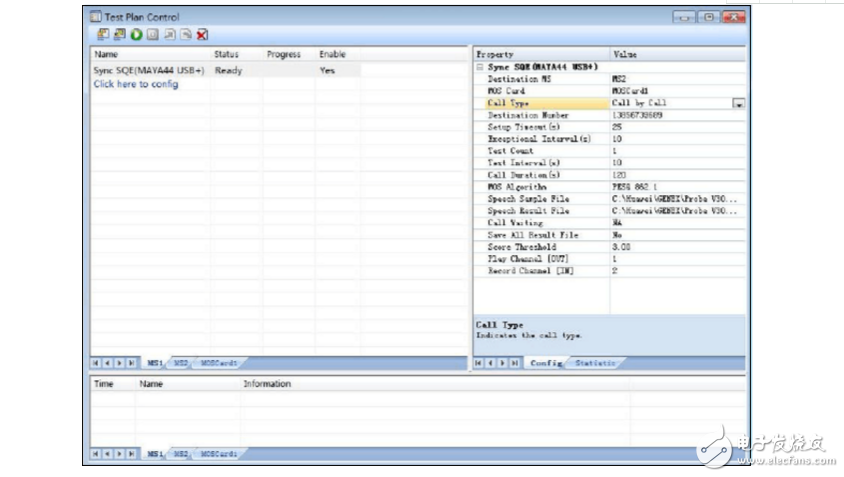
MOS Algorithm: voice evaluation algorithm, select "PESQ 862.1"; Save All Result File: whether to save the result voice file set Play Channel [OUT]: playback channel Record Channel [IN]: recording channel
Speech Sample File: The sample voice file path. Currently, the PESQ algorithm supports manual selection of the corpus path. If you want to change the corpus using the POLQA algorithm, you need to go to the corresponding installation directory and rename the corpus that needs to be replaced. The name is in accordance with the test plan. The default name is changed. 5.2.4 Test Results View
The MOS value of the voice evaluation result can be viewed in real time during the test, which is displayed in the View--"MOS-"Voice Call--"Speech Quality Evaluation view, as follows:
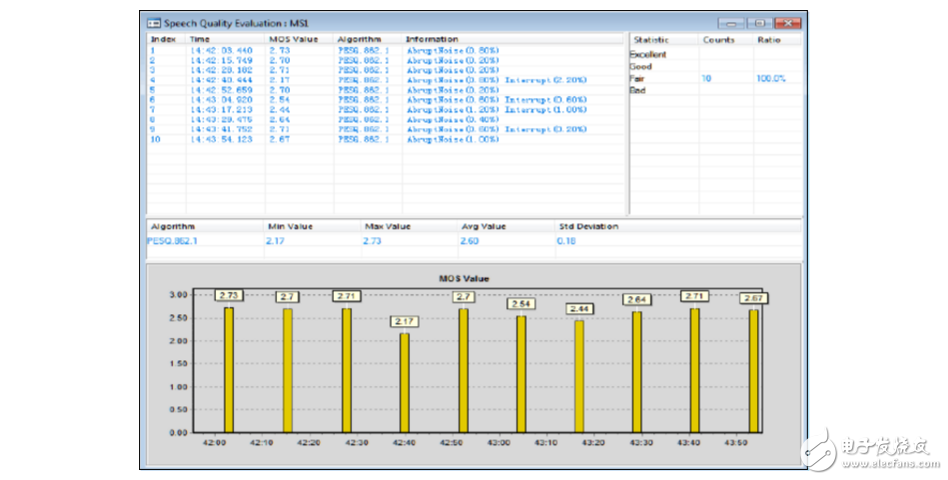
5.3 Single test case
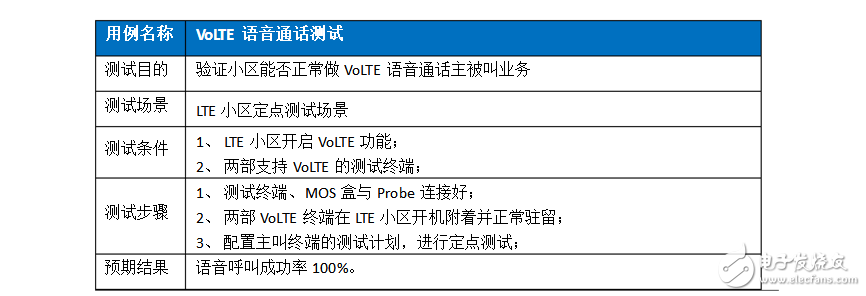
5.4 Road test test cases

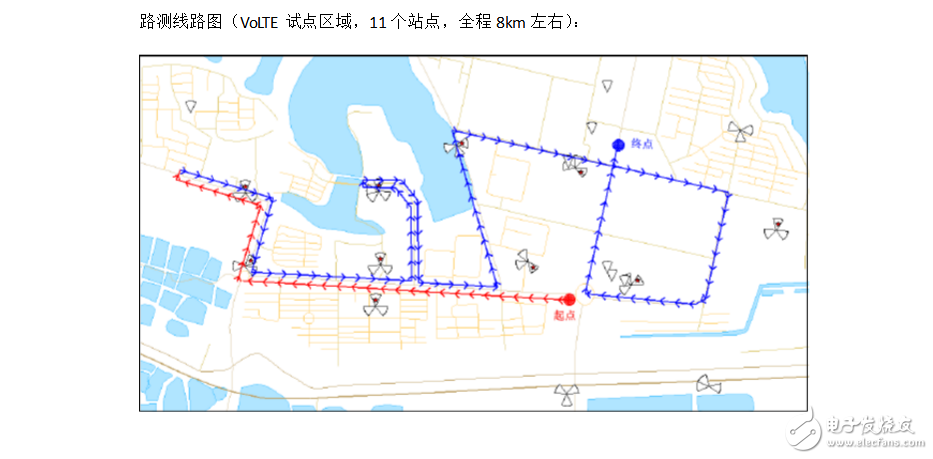
Shot blasting is a conventional technology for metal surface treatment.As a kind of shot blasting material zinc-based Alloy has wide range of applications with high precision surface treatment,and is safer and more environmentally friendly in use.
Product specification: Ñ„0.3mm~Ñ„1.2mm
Purity: 99.995%min
Product packing: 10-20kgs(spool packing)
30-350kgs(drum packing)
Zinc Shot,Zinc Based Alloy Wire,Zinc Cut Wire Shot,Sand Blasting Zinc Shot
Shaoxing Tianlong Tin Materials Co.,Ltd. , https://www.tianlongspray.com